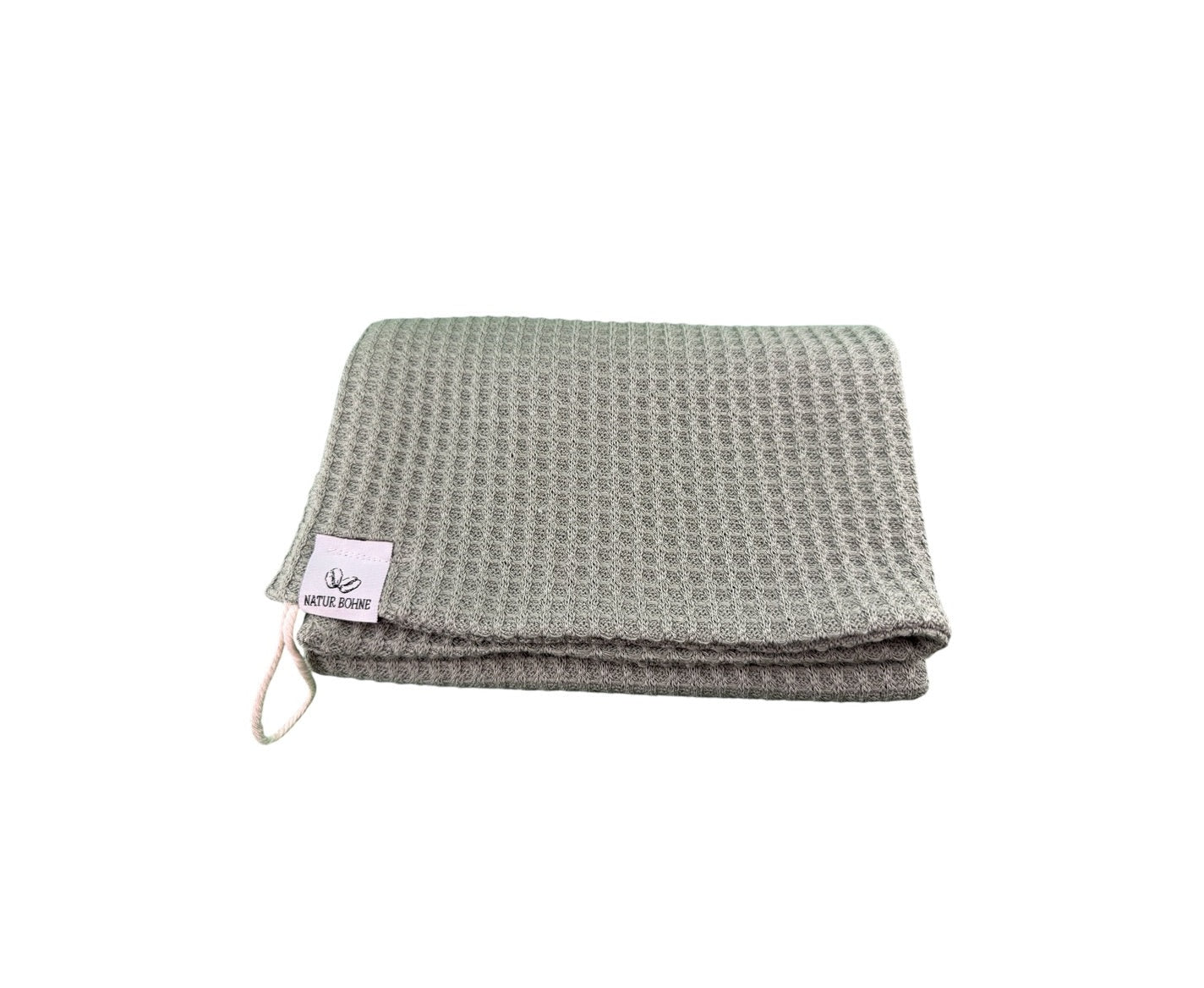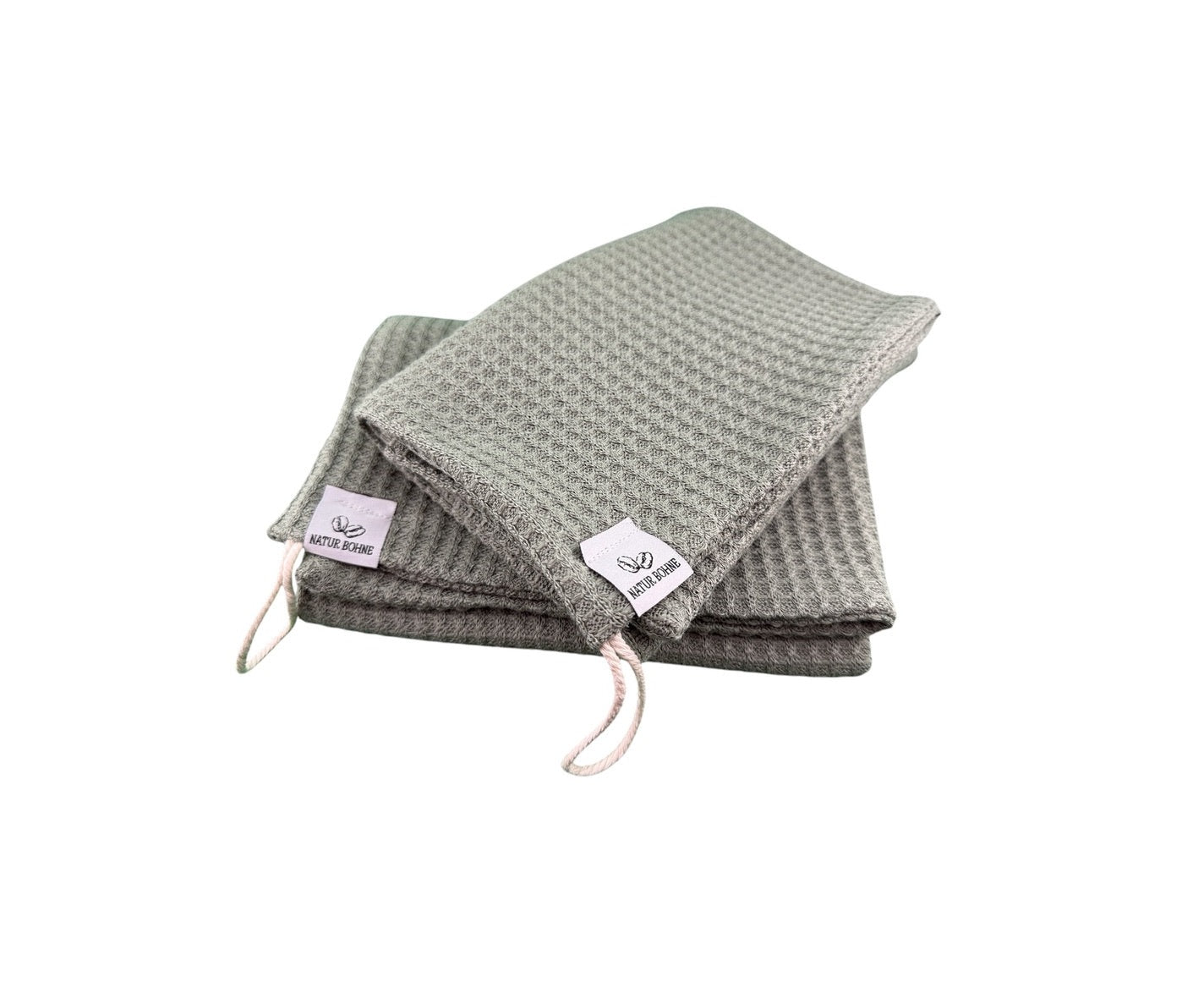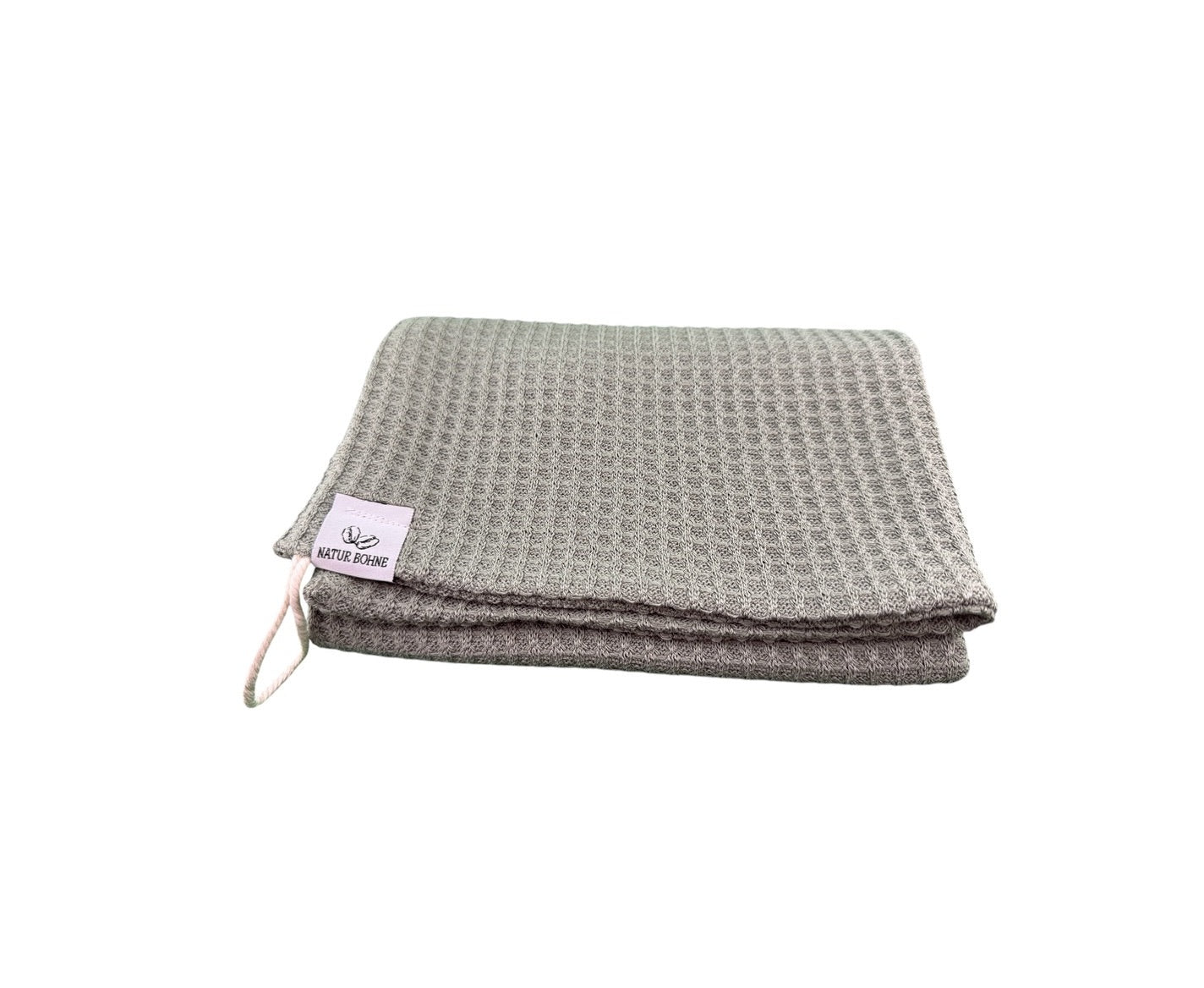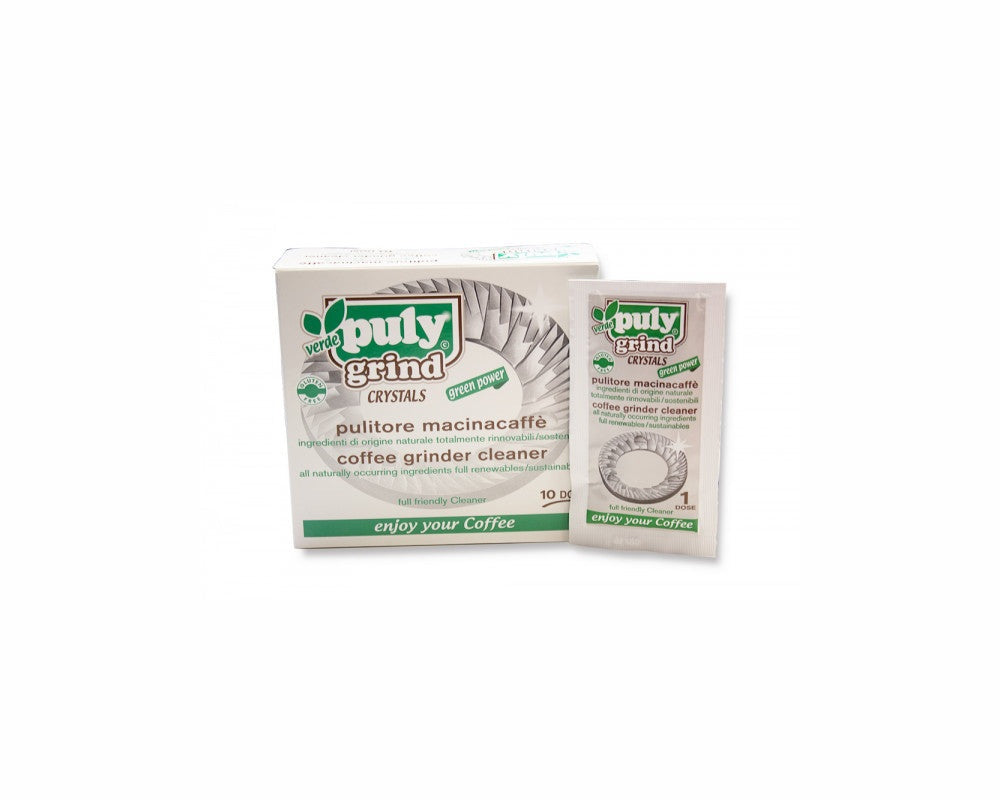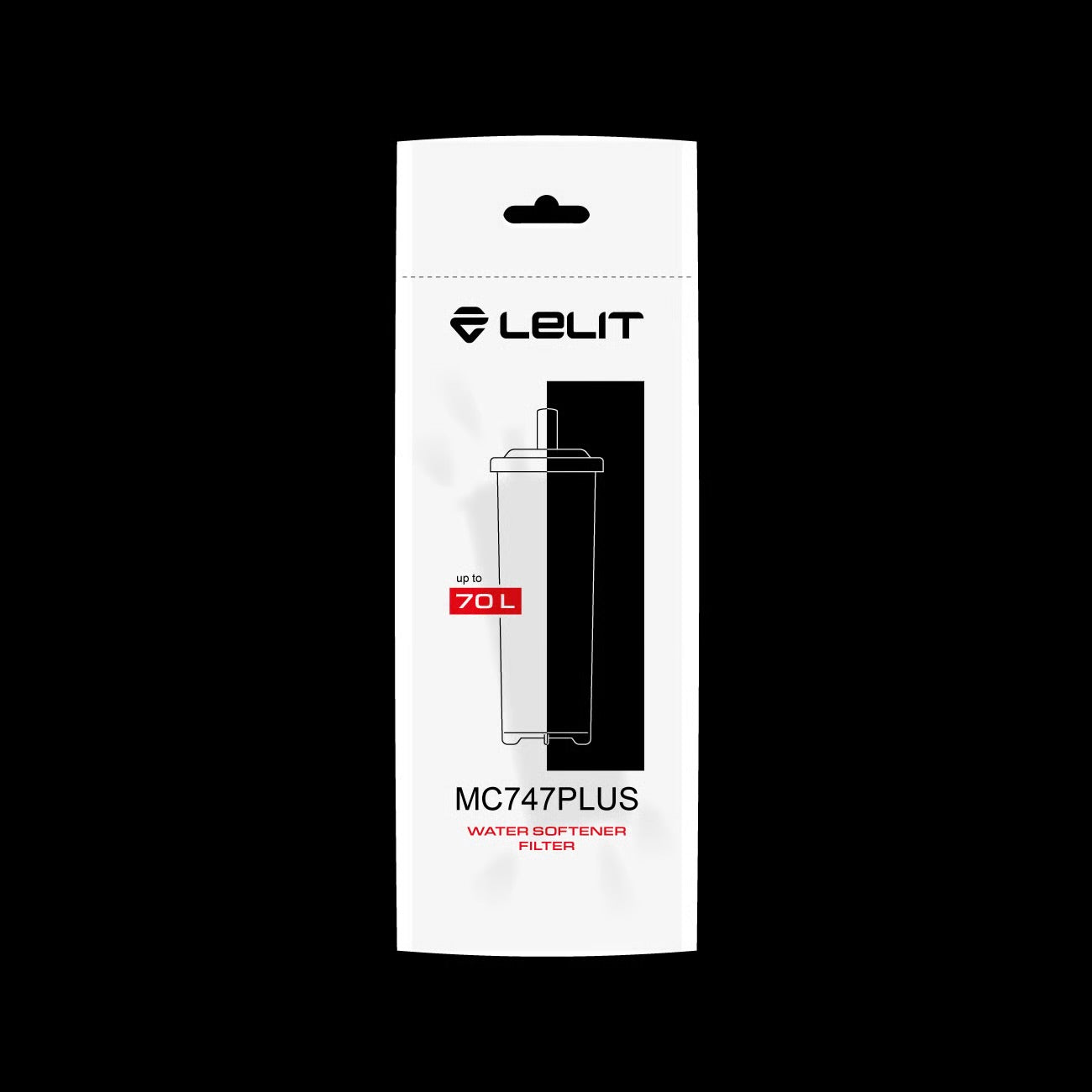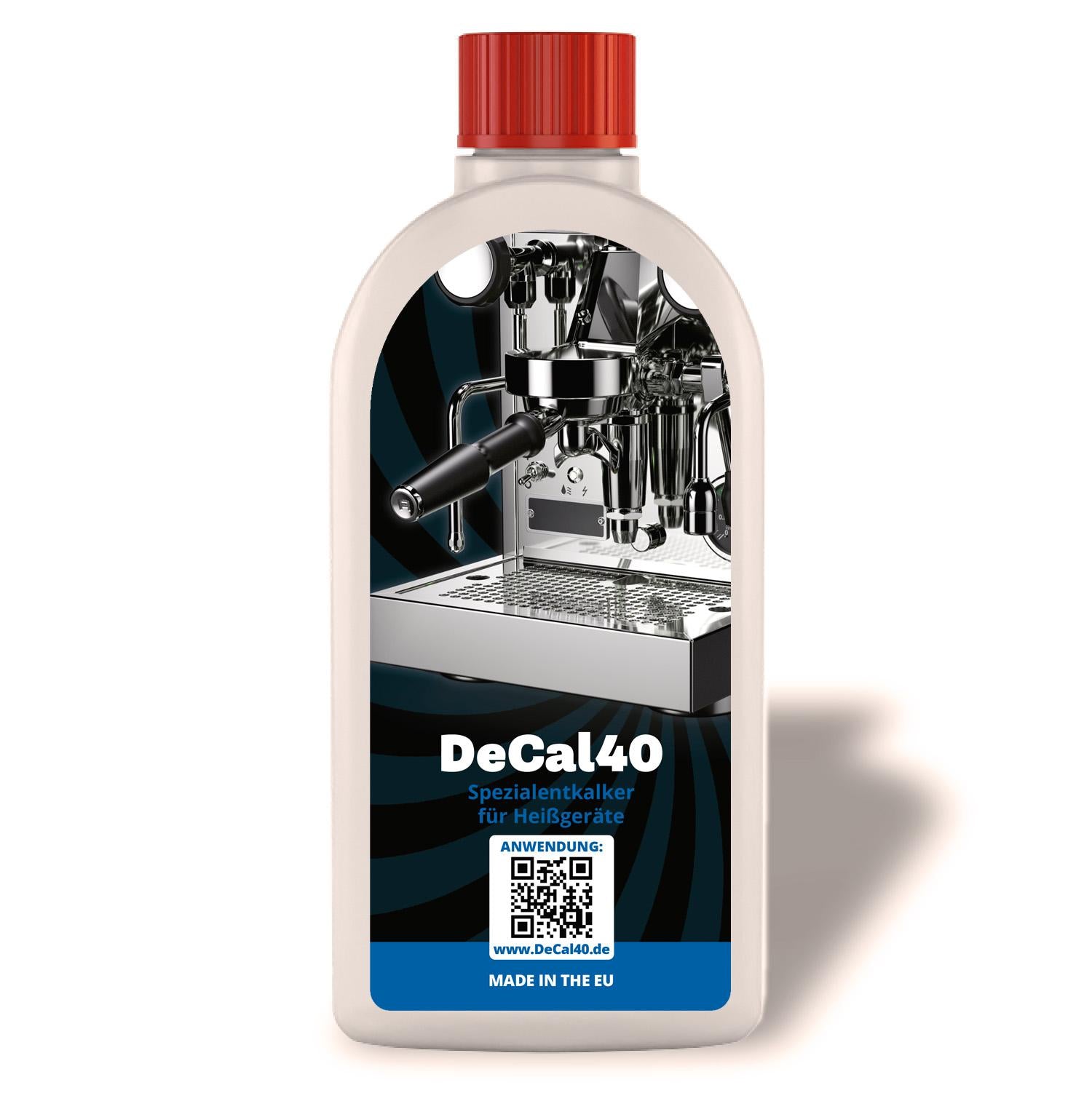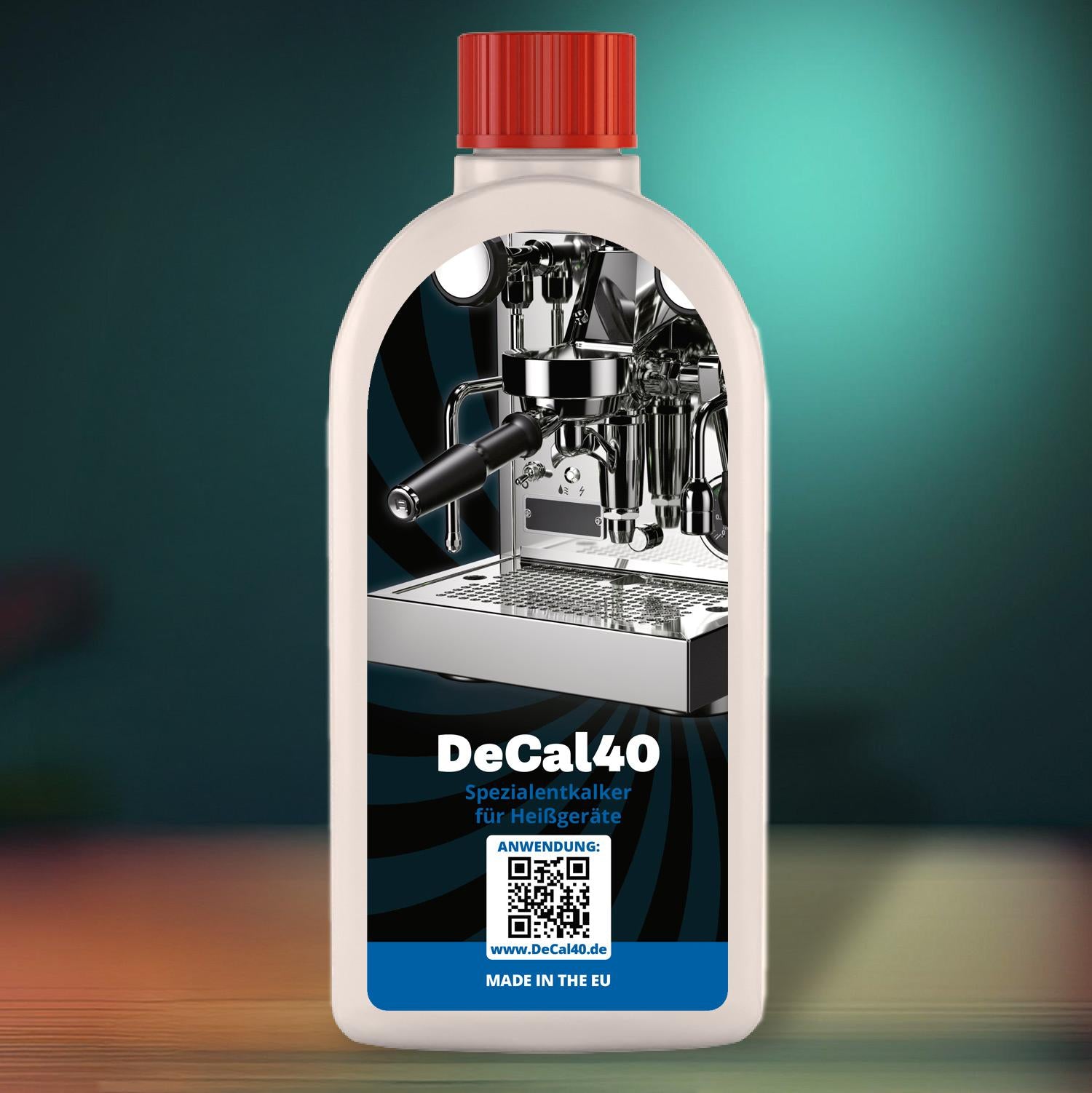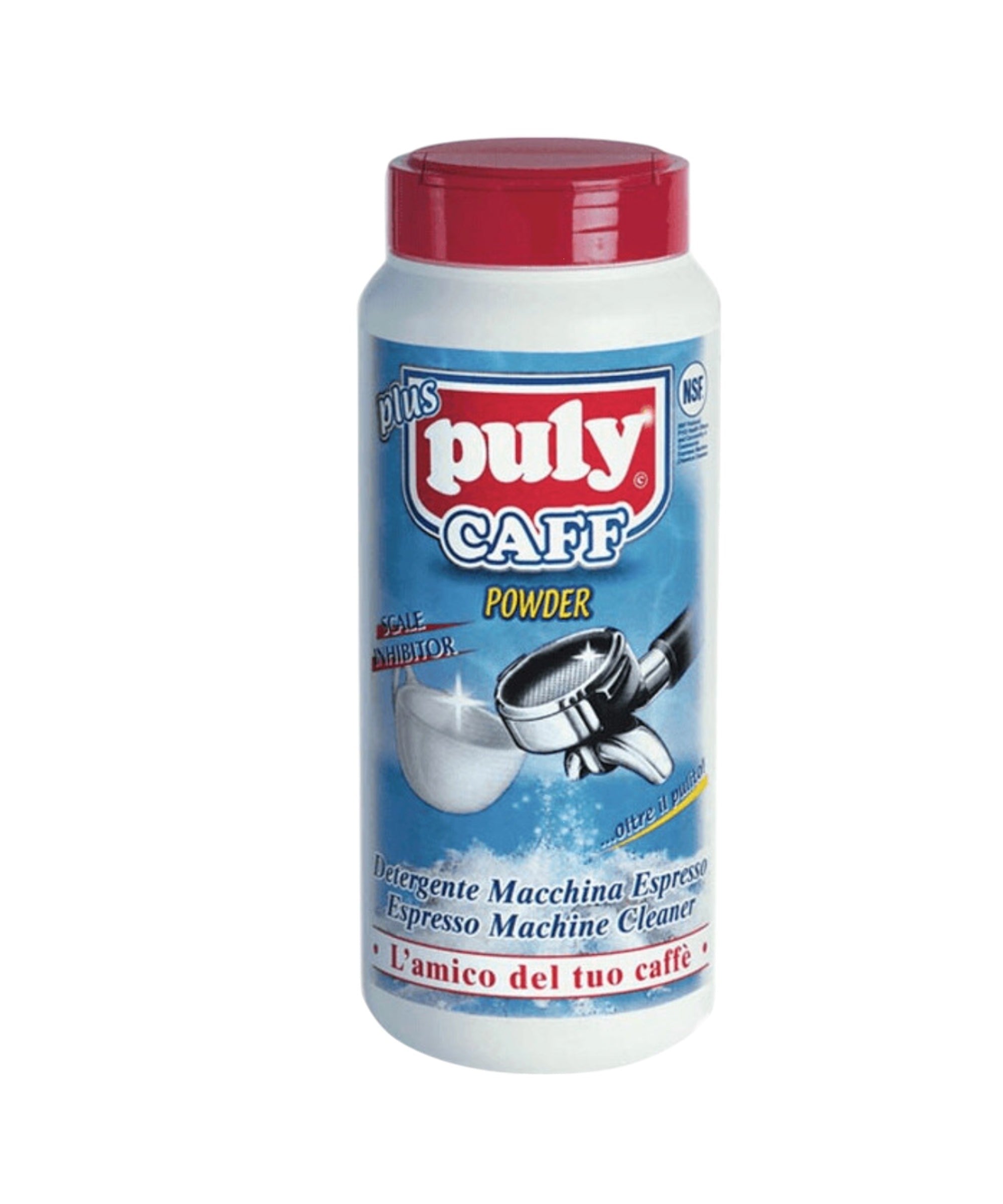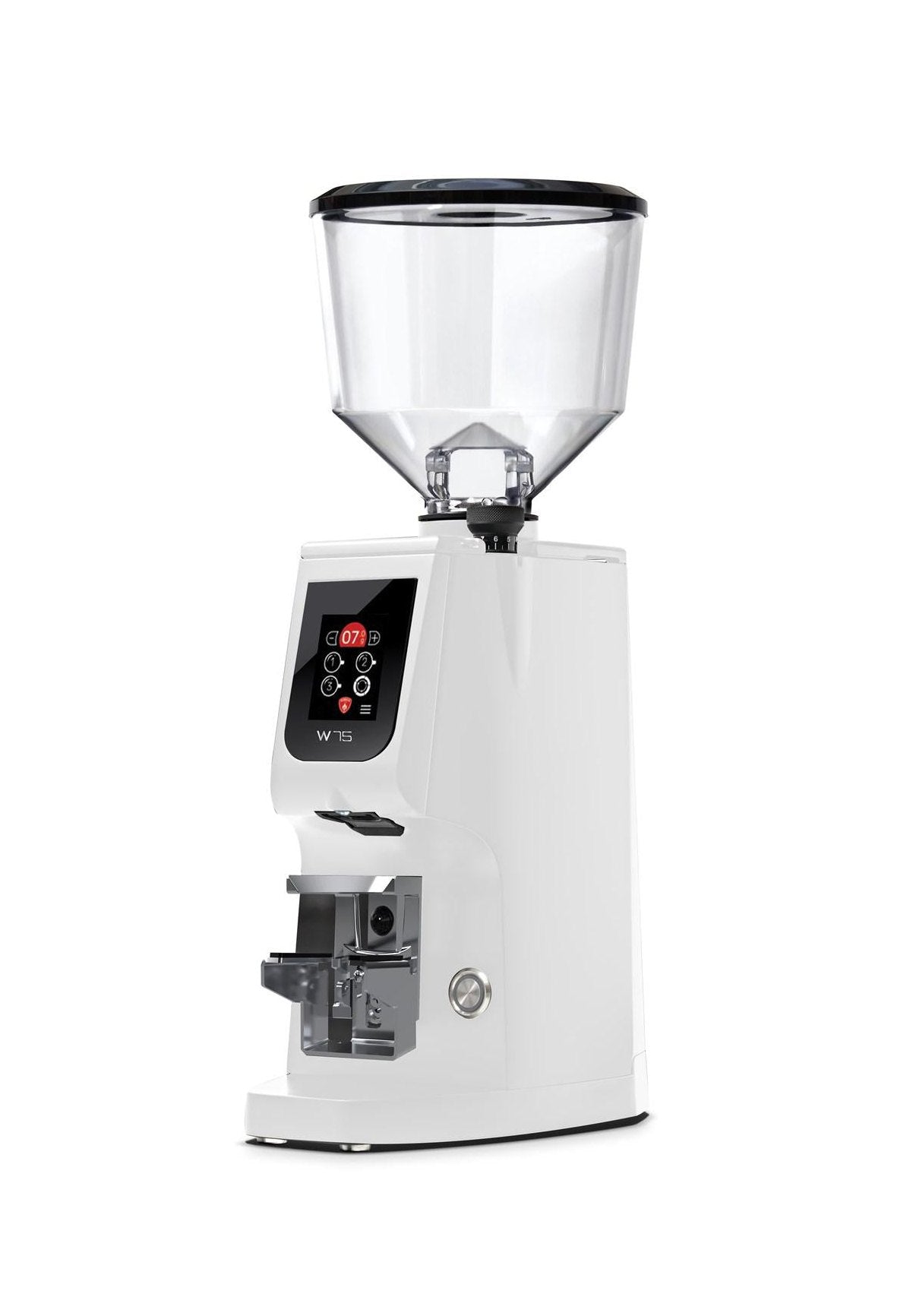
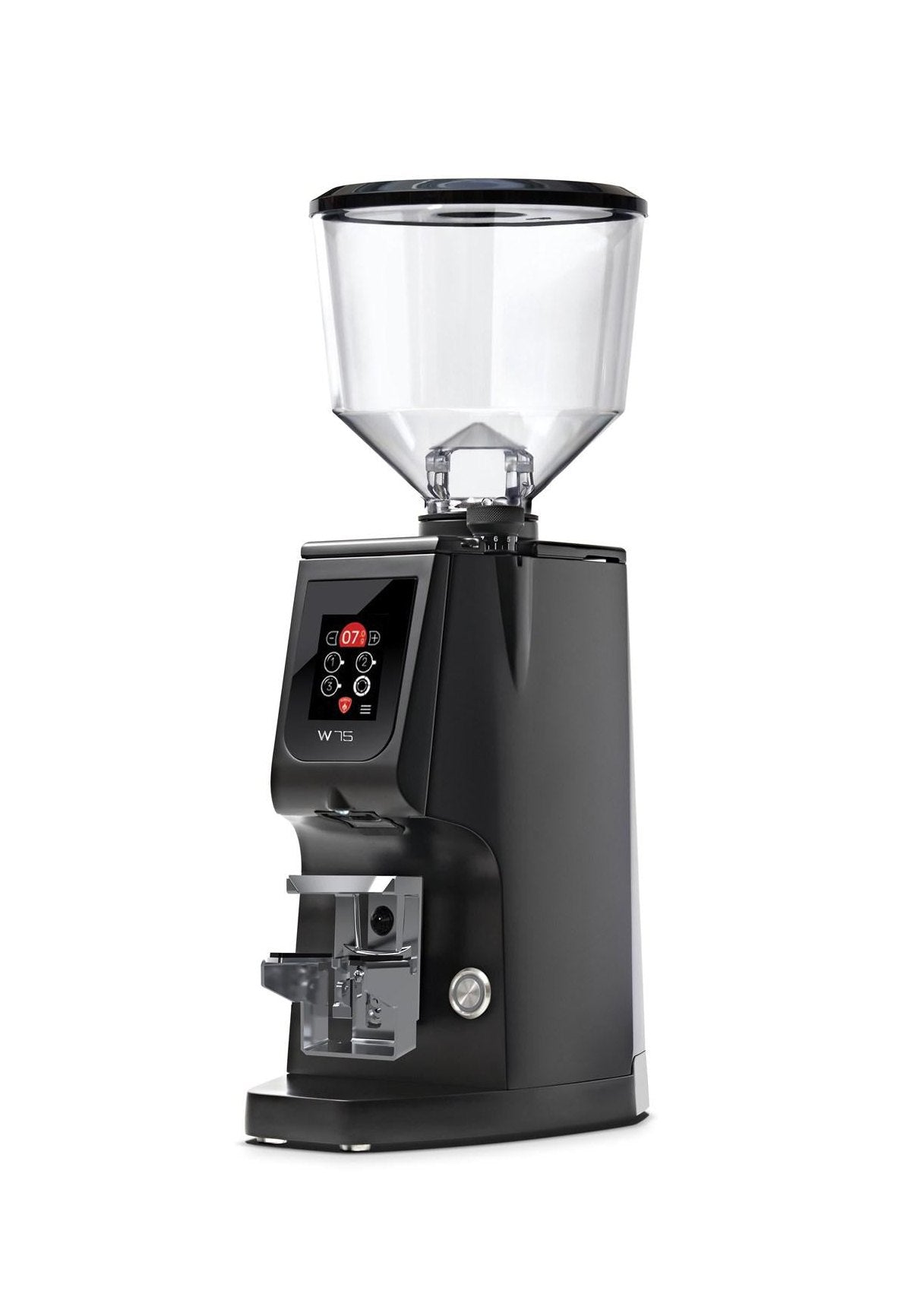
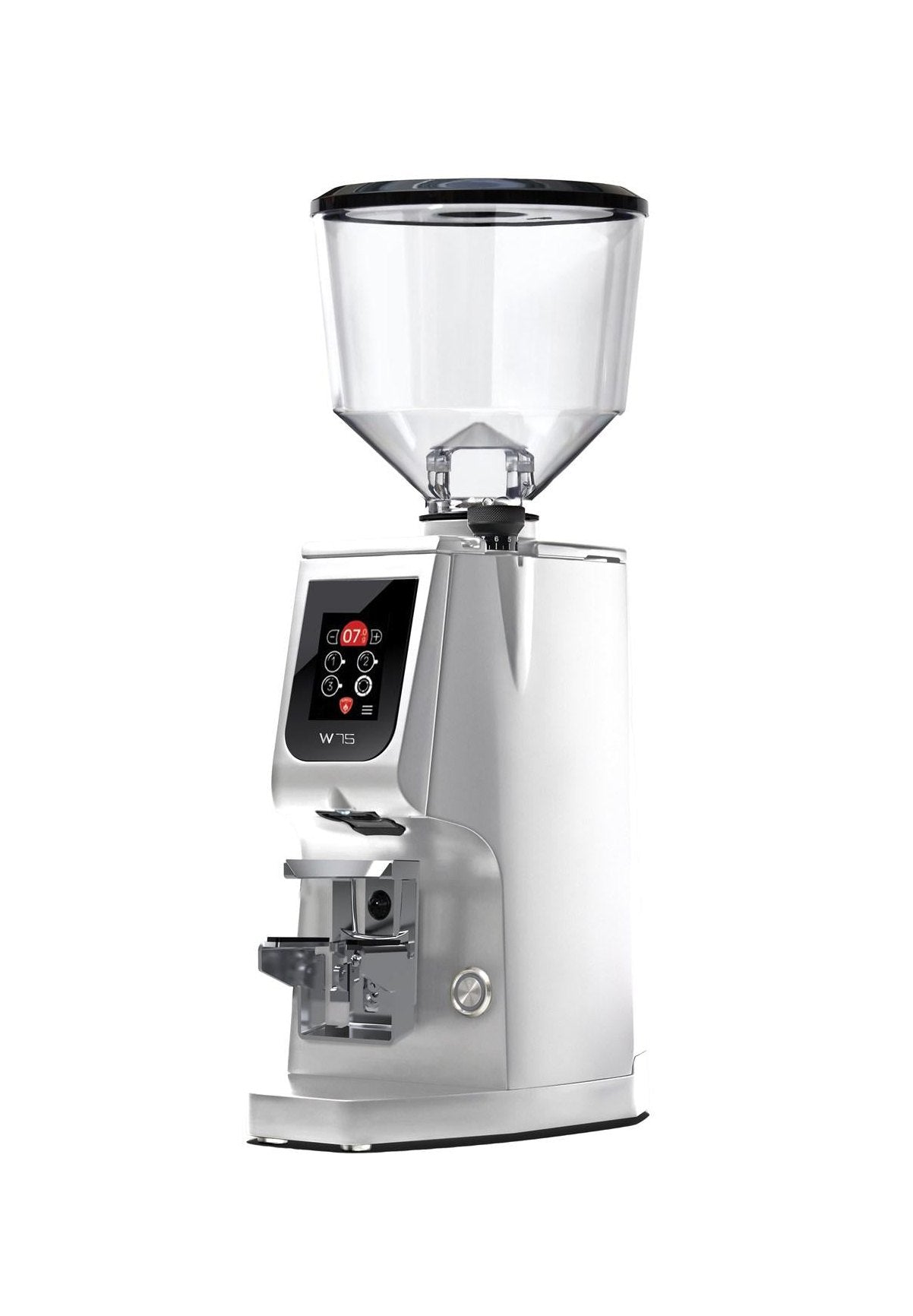
Eureka Atom W 75
Finanzieren ab 74,33 € / Monat* mit
including tax, excluding shipping costs
🚚 Shipping within EU: 20 €
EU shipping costs, see shipping policy.
Passt wunderbar dazu

Eureka Atom W 75
Eureka Atom Excellence W 75 – Grind-by-Weight for maximum precision
The Eureka Atom Excellence W 75 is the ultimate grind-by-weight (GBW) espresso grinder for professionals and ambitious home baristas. Thanks to the integrated scale, it grinds coffee by weight rather than time – for a perfectly measured amount every time . Combined with 75 mm burrs and a 430-watt motor, it sets new standards in precision, consistency, and speed.
Why the Eureka Atom Excellence W 75?
- Grind-by-weight technology: Exact dosage in grams – no more readjustment necessary
- 75 mm grinding discs: For even more homogeneous grinding and better extraction
- High grinding speed: 4.0-6.5 g/s – perfect for cafes and heavy drinkers
- Powerful 430-watt motor: High performance for precise and consistent grinding results
- Silent technology: Extremely quiet in operation
- Large bean container: 1.2 kg capacity – ideal for professional use
- Stepless grinding adjustment: Perfect control over the particle size
Grind-by-Weight: The Revolution in Grinding
With the integrated grind-by-weight system, the amount of ground coffee is precisely weighed in grams , rather than controlling the grind over time. This means:
- No manual readjustment: Always exactly the desired amount
- Consistent extraction: Optimal dosage for consistently perfect espresso shots
- More efficiency: Saves time, coffee and reduces waste
Difference to Eureka Atom Excellence W 65
The W 75 offers decisive advantages over the W 65 :
- Larger grinding discs: 75 mm instead of 65 mm – for an even finer grinding quality
- Faster grinding performance: 4.0-6.5 g/s instead of 2.5-4.5 g/s
- More powerful motor: 430 watts instead of 280-400 watts
- More precise grinding: Grind-by-Weight for perfect dosing
- Larger bean container: 1.2 kg instead of 300 g
- More stable construction: 12 kg weight for professional use
Technical details
- Grinding discs: 75 mm flat grinding discs made of hardened steel
- Motor power: 430 watts
- Speed: 1400 rpm
- Grinding speed: 4.0-6.5 g/s
- Bean container: 1.2 kg capacity
- Weight: 12 kg
- Dimensions (HxWxD): 540 mm x 180 mm x 240 mm
Who is the Atom Excellence W 75 suitable for?
The Eureka Atom Excellence W 75 is designed for baristas, cafés, and perfectionists who demand the highest grinding precision . Thanks to grind-by-weight technology, guesswork about the correct dosage is a thing of the past – for consistently perfect espresso extractions.
Buy the Eureka Atom Excellence W 75 now
Order the Eureka Atom Excellence W 75 now in our online shop and benefit from fast delivery throughout Europe. The perfect espresso grinder for those who don't compromise!
Información sobre el fabricante
If you have any questions, please feel free to contact us at any time. We will get back to you as soon as possible, within 24 hours on weekdays.
-
Shipping info
We ship all products the same day if ordered before 1pm.
-
Soporte
We will also be there to support you and advise you after your purchase. If you have any questions about the product you purchased from us, please contact us.
-
Contact
Email: hello@naturbohne.de
Phone: 07141 / 12345
grinder brush for coffee grinder
Naturbohne Barista Towel 40x40
Puly Grind mill cleaner 10x15g
Decal40 - Highly effective descaler for portafilter machines
Matching cleaning products
Cleaning
Frequently Asked Questions
I bought a new coffee grinder from Naturbohne and there are coffee residues in it.
Please note: Some manufacturers test their coffee grinders before shipping, which means that small coffee residues or bean residues can occasionally be found in the grinder. This procedure is used to test functionality and is considered a quality feature. Of course, we only sell new products - unless expressly stated otherwise.
Static charge – coffee grounds spray out from the side
With some coffee grinders, the ground coffee can become statically charged and spray out of the portafilter at the side. This means that not all of the ground coffee gets into the portafilter, which can lead to uneven extraction. Our recommendation: Use a dosing funnel to ensure that all of the ground coffee is precisely fed into the portafilter - for optimal espresso enjoyment.
What is dead space in coffee grinders?
Conventional coffee grinders often leave a so-called dead space in which coffee residues accumulate. These residues can not only affect the freshness, but also lead to old and fresh coffee grounds being mixed, which negatively affects the taste. In contrast, single dose grinders have a well-thought-out design that eliminates the dead space. Each portion is ground individually and precisely so that no residues are left behind - for a consistently pure and full-bodied coffee experience.
Which portafilter fits my espresso machine?
When choosing the right portafilter for your portafilter machine, it is important to know that each manufacturer develops its own brewing group - the most well-known is the Faema E61. However, this does not mean that any portafilter will fit without any problems. An incompatible portafilter can leak, which will have a direct negative impact on the quality of your espresso. We therefore recommend using either the portafilter originally supplied or one that is explicitly stated to be compatible with your machine. This will ensure that the pressure is optimally built up and the espresso is perfectly extracted.
Can I visit you or pick up the goods personally?
Yes, of course, you are welcome to come by and look at our products by appointment. We would be happy to advise you personally. The best thing to do is to send us an email with a few suggested appointment times.
We are located 5 minutes from the motorway between Stuttgart and Lake Constance on the edge of the Black Forest.
Important note, first use coffee grinders
Another little tip for the perfect start with your new mill:
You will get the best grinding result after you have ground about 1-2 kg of beans. It is best to use a few cheap beans so that the grinder can work optimally. And if you are wondering what you can do with the bean flour - it is perfect plant fertilizer! 🌿
It contains nitrogen, potassium, sulfur and phosphorus and is a real nutrient bomb for your plants.
¿Pueden realizar una calibración de offset en mi máquina de portafiltro?
Existen varios argumentos en contra de una calibración de compensación en las máquinas de portafiltro Lelit, especialmente en modelos como la Lelit Bianca. Estos se refieren principalmente a la complejidad y las limitaciones de la compensación como única solución para problemas de temperatura:
- Fluctuaciones de temperatura e inestabilidad. La compensación considera una diferencia constante entre la temperatura de la caldera y la temperatura de preparación. Sin embargo, en la práctica pueden ocurrir fluctuaciones de temperatura, por ejemplo, debido a tiempos de espera prolongados o preparación continua. Esto hace que la temperatura de preparación real no siempre sea predecible con precisión.
- Dependencia de las condiciones ambientales. Factores como la temperatura ambiente, la humedad y el estado de la máquina (por ejemplo, el tiempo de calentamiento) afectan significativamente la temperatura de preparación. Una compensación fija no puede equilibrar dinámicamente estas variables, lo que puede llevar a resultados inexactos.
- Pérdida de calor durante los tiempos de espera. Después de pausas prolongadas, el grupo de preparación se enfría y la máquina necesita tiempo para volver a la temperatura deseada. Una compensación correctamente ajustada no puede compensar esto, por lo que son necesarias medidas adicionales como un "Cooling Flush".
- Desajustes de fábrica. En algunos modelos de Lelit se ha encontrado que la compensación de fábrica a menudo está configurada de manera inexacta (por ejemplo, de 4 a 8 grados demasiado baja en la Lelit Bianca). Esto requiere una recalibración manual por parte de personal especializado, lo cual puede ser complicado para los usuarios finales.
- Malentendidos en la aplicación. Muchos usuarios están confundidos por la información contradictoria sobre la configuración de la compensación, lo que puede llevar a ajustes incorrectos. Por ejemplo, a menudo se espera que la compensación por sí sola resuelva todos los problemas de temperatura, aunque solo es parte de un sistema más complejo.
Conclusión
La calibración de compensación es una herramienta útil, pero no debe considerarse de forma aislada. Una combinación de control PID preciso, mantenimiento regular y técnicas adaptadas (por ejemplo, "spülshots") es necesaria para lograr resultados óptimos de preparación.
Do you have any more questions?
Contact
If you have any questions about our products, please write to us here or use the chat function.

